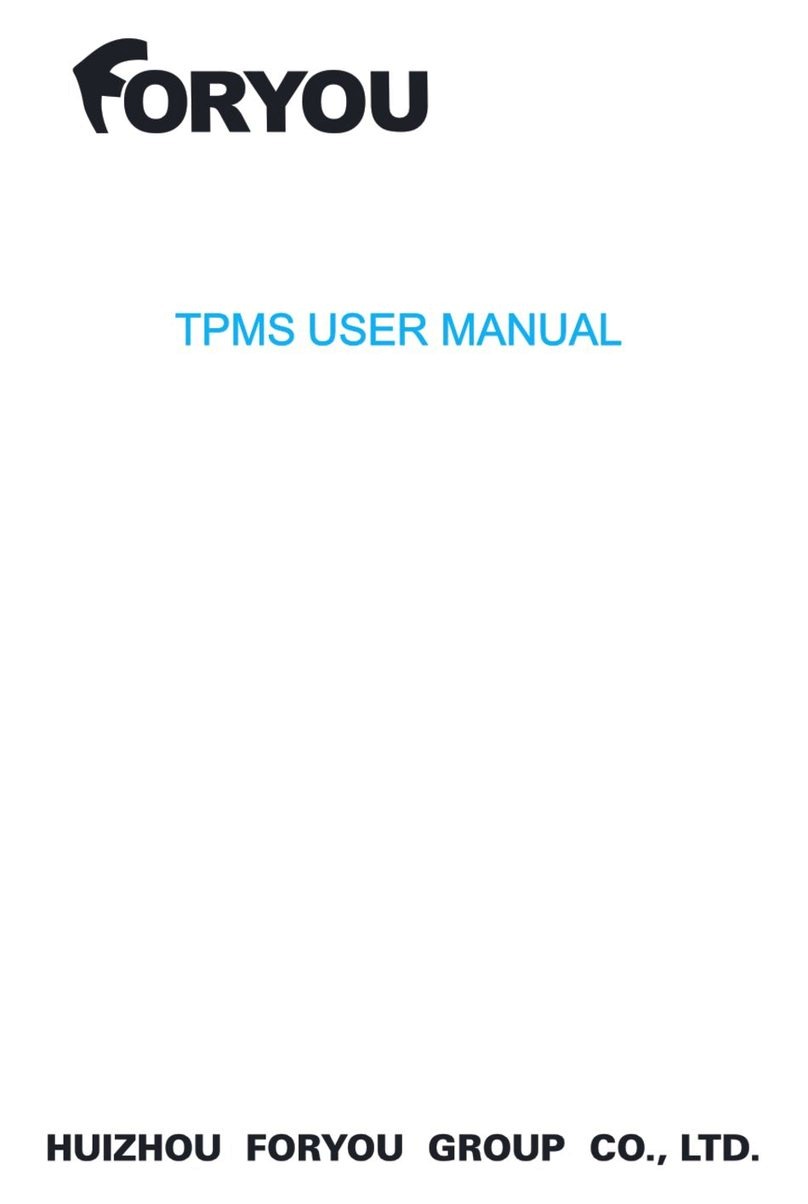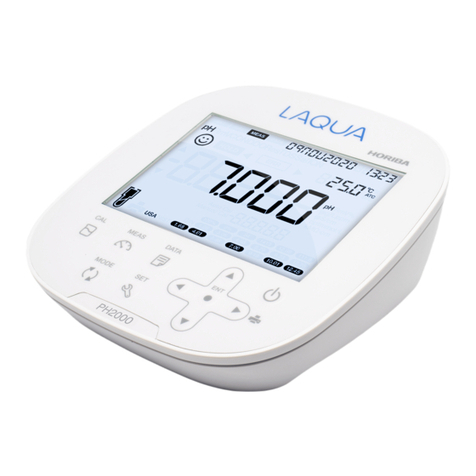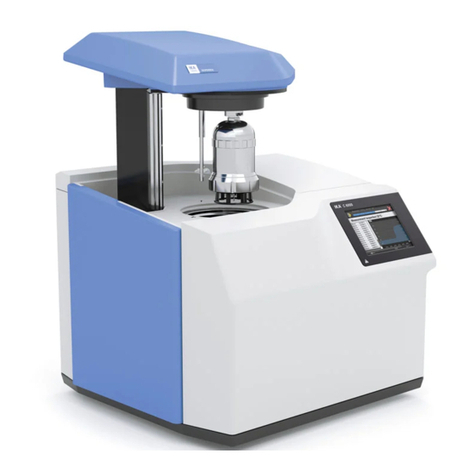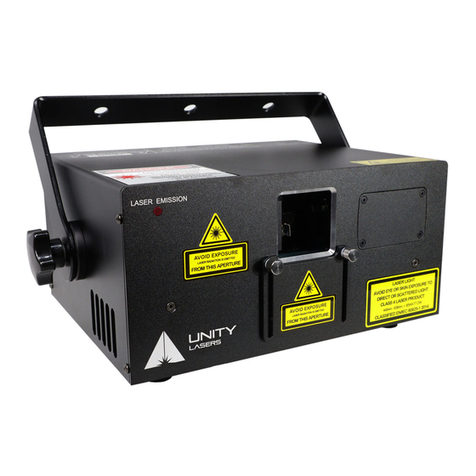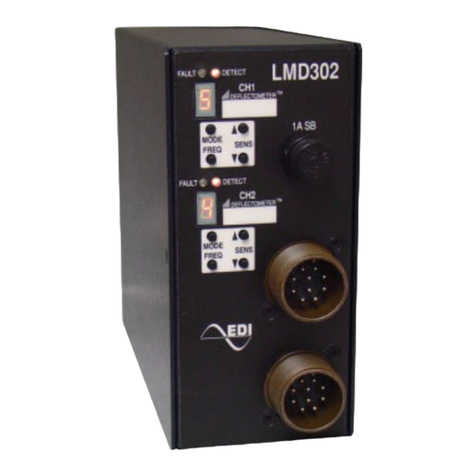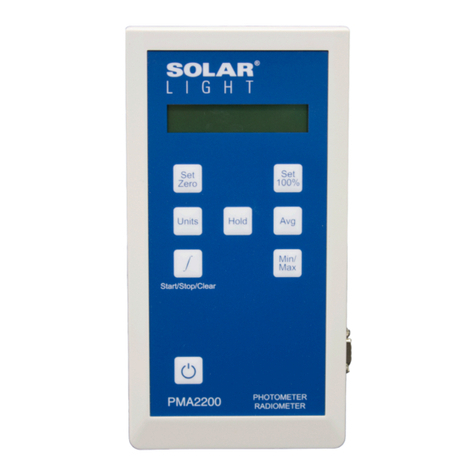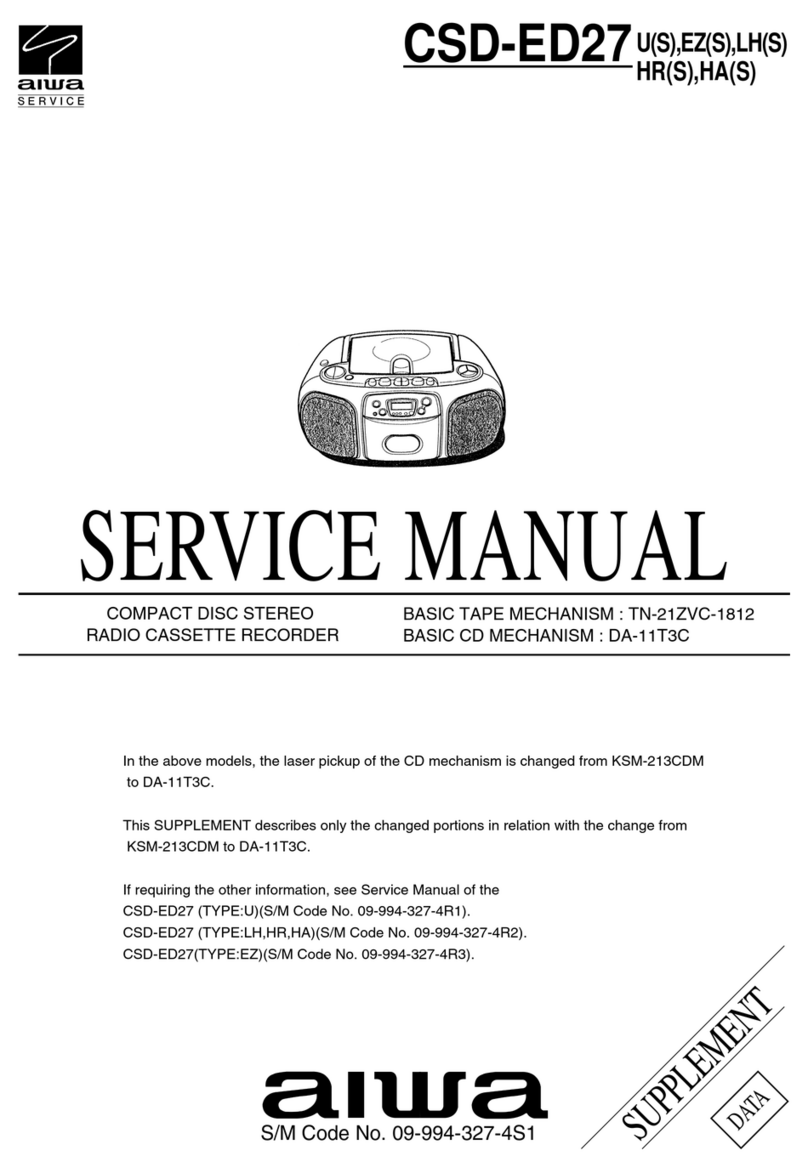H. HERMANN EHLERS B Series User manual

B-SERIES
Flow rate indicator / totalizer
USER GUIDE
B-BASIC
B-Series - Basic with a capital B!
An der Autobahn 45 ♦ 28876 Oyten ♦ Tel. +49 420791210 ♦ Fax +49 4207912141
Email Sales@EhlersGmbH.com ♦ Home http://www.EhlersGmbH.com


Disclaimer
The technical specifications and information given in this User guide is subject to change without
prior notice.
This User guide is created to provide as accurate and authoritative information regarding the subjects
covered as was available at the time of writing. The copyright owner of this User guide cannot take
any responsibility or liability for any errors or omissions in this User guide or for discrepancies arising
from the features of any actual item in the respective refit being different from those shown in this
User guide. The publisher and copyright owner shall not be liable under any circumstances, for any
consequential, special, contingent, or incidental damages or injury, financial or otherwise, suffered
by any part arising out of, connected with, or resulting from the use of this User guide or the
information contained therein.
Copyright
© 2016 Fluidwell B.V. - All rights reserved
Nothing from this User guide may be reproduced, or transmitted in any form or by any means,
electronic or mechanical, including photocopying, recording or any information storage or retrieval
system without prior written approval by Fluidwell B.V..
Trademarks
All trademarks used in this publication are the property of their respective owners.
Document control
This User guide is part of the documentation set that came with the B-Basic. It is the responsibility
of the copy holder to keep the User guide and the related appendices up-to-date.
We reserve the right to make changes of any kind without prior written notice. Please visit our internet
site for the latest information and (product) updates.
Certification
The CE marking is a mandatory conformity marking that allows the manufacturers
to circulate (industrial) products freely within the internal market of the European
Economic Area (EEA). The CE mark self-certifies that the products have met the
minimum EEA health, safety and environmental requirements for the consumer and
workplace safety.
The CE marking is also found on products sold outside the EEA that are manufactured
in, or designed to be sold in, the EEA.
The WEEE/RoHS Directive uses a special logo in addition to the CE logo to show
that the product is designed and manufactured to restrict the release of the hazardous
substances from the electrical and the electronic equipment to prevent major envi-
ronmental and health problems.
Version a6 (not checked in)
Published 2016-10-18 at 15:30:10
Page 3_B-BASIC_UG_A1_AE
USER GUIDEB-SERIES B-BASIC

Table of content
51 INTRODUCTION ...........................................................................................................................
51.1 Purpose of the document ..........................................................................................
51.2 Use of the B-Basic ..................................................................................................
51.2.1 Intended use ..........................................................................................................
51.2.2 Unintended use ......................................................................................................
51.3 Target audience ......................................................................................................
62 DECLARATION OF CONFORMITY ..............................................................................................
73 SAFETY INFORMATION ...............................................................................................................
73.1 Work safety ...........................................................................................................
73.1.1 Mechanical work .....................................................................................................
73.1.2 Electrical work ........................................................................................................
73.1.3 Operation and setup ................................................................................................
73.2 General electrical safety ...........................................................................................
73.3 Battery power related safety ......................................................................................
84 GENERAL DESCRIPTION ............................................................................................................
84.1 Function of the B-Basic ............................................................................................
84.2 Component information ............................................................................................
94.3 Navigation .............................................................................................................
95 OPERATION ..................................................................................................................................
95.1 How to select another page .......................................................................................
105.2 How to erase the total ..............................................................................................
106 MAINTENANCE ............................................................................................................................
106.1 General information .................................................................................................
106.2 Cleaning ...............................................................................................................
116.3 Inspection .............................................................................................................
116.3.1 Preparation ............................................................................................................
116.3.2 Inspection .............................................................................................................
116.3.3 Job close up ..........................................................................................................
116.4 How to change a battery ...........................................................................................
116.4.1 Preparation ............................................................................................................
116.4.2 Remove the cover ...................................................................................................
126.4.3 Remove and install a new battery ...............................................................................
126.4.4 Install the cover ......................................................................................................
126.4.5 Job close up ..........................................................................................................
127 TECHNICAL SPECIFICATIONS ...................................................................................................
_B-BASIC_UG_A1_AEPage 4
B-SERIES B-BASICUSER GUIDE

1 Introduction
1.1 Purpose of the document
The purpose of this User guide is to give a general guide for the operation and maintenance of the
B-Basic.
1.2 Use of the B-Basic
1.2.1 Intended use
The B-Basic is intended for use in safe areas (ordinary locations).
1.2.2 Unintended use
A hazardous situation may occur if the B-Basic is not used for the purpose it was designed for or is
used incorrectly. Please obey the information as given in this instruction manual:
•Do not use the standard configuration (safe area/ordinary location applications) in an hazardous
area.
•Do not use the B-Basic in life support applications. A possible malfunction of the B-Basic can
cause (serious) injury or death to persons.
1.3 Target audience
This User guide is aimed at the persons who are:
•involved in the preparation of the required work;
•involved in the operation of the process;
•involved in the maintenance tasks for the B-Basic;
•appointed to supervise the required work;
•appointed for the certification, the occupational, the health, the safety and the quality related
tasks.
Page 5_B-BASIC_UG_A1_AE
USER GUIDEB-SERIES B-BASIC

2 Declaration of Conformity
_B-BASIC_UG_A1_AEPage 6
B-SERIES B-BASICUSER GUIDE

3 Safety information
3.1 Work safety
3.1.1 Mechanical work
Only qualified and well-trained persons who are familiar with the mechanical installation and the
service procedures and who obey the specific regulations and the requirements set by the authorities,
the manufacturer, the employer and the plant owner, are allowed to do the mechanical work.
3.1.2 Electrical work
Only qualified and well-trained persons who are familiar with the electrical installation and the service
procedures and who obey the specific regulations and requirements set by the authorities, the
manufacturer, the employer and the plant owner, are allowed to do the electrical work.
3.1.3 Operation and setup
Only qualified and well-trained persons who are familiar with the operation and setup of the B-Basic
and the related installation and who obey the specific regulations and requirements set by the
authorities, the manufacturer, the employer and the plant owner, are allowed to do the setup and
to operate the B-Basic.
3.2 General electrical safety
Electricity can cause (serious) injury to persons and cause damage to equipment. Many accidents
cause serious electrical shock or serious burns. Fatal shocks are often caused by high voltage
systems. But even non-fatal electrical shock causes (serious) injury to persons by falls from ladders.
Typical hazards from work with electrical powered systems are:
•the contact with live parts that cause electrical shock;
•failures that can cause a (electrical) fire;
•the fire or explosion caused by electrical failures.
Work safely on the electrical installations:
1Understand and know the construction and circuits of the (electrical) installation and equipment.
2Make sure, the tools, materials and equipment are calibrated, valid and suitable for the work.
3Identify the possible energy sources that can cause a hazard.
4Lock Out / Tag Out the (related) installation.
5Measure the voltage.
6Make sure, the reading is 0 Volt to prove that the installation is safe to work on!
7At any time, if the work becomes more hazardous than anticipated for, stop and take the required
(safety) precautions.
3.3 Battery power related safety
WARNING!
Handle the battery with care. A mistreated battery can become unsafe. Unsafe
batteries can cause (serious) injury to persons.
The batteries are used to store electrical energy. The battery is a high power battery which must be
treated carefully. When the battery is mistreated or damaged, there is a risk of a fire, an explosion
and serious burns.
1Only use a battery which is applicable for the intended use.
2Mind that you cannot switch off a battery.
3Make sure, it is safe to work on the battery system.
Page 7_B-BASIC_UG_A1_AE
USER GUIDEB-SERIES B-BASIC

4Handle the battery with the utmost care to prevent a short circuit and damage.
5Do not recharge, crush, disassemble, incinerate, heat above its rated temperature or expose the
contents to water.
6Dispose of the battery in accordance with the (inter)national, the manufacturer’s and the plant
owner’s standards and regulations.
4 General description
4.1 Function of the B-Basic
4.2 Component information
The B-Basic has:
•the front cover (3) with the display (5) and the control keys (4);
•the body (1) with knockouts for the cable glands (2).
_B-BASIC_UG_A1_AEPage 8
B-SERIES B-BASICUSER GUIDE

Figure 4.1: B-Basic - Component information (typical)
4.3 Navigation
This section describes how to navigate through the operator menu.
The operator menu has different pages to show the total, the accumulated total or the flow rate. It
is also possible to erase (clear) the total value. Mind that it is not possible to erase the accumulated
total.
Figure 4.2: Navigation - Select another page
5 Operation
5.1 How to select another page
This procedure assumes that the B-Basic shows the RATE page.
RESULTACTIONSTEP
Press the SELECT key, to view the TOTAL page.1
Page 9_B-BASIC_UG_A1_AE
USER GUIDEB-SERIES B-BASIC

RESULTACTIONSTEP
Press the SELECT key, to view the ACCUMULATED
TOTAL page.
2
Press the SELECT key, to view the FLOW RATE page.3
5.2 How to erase the total
This procedure assumes that the B-Basic shows the TOTAL page.
Mind that it is not possible to erase the accumulated total.
RESULTACTIONSTEP
Press the CLEAR key, to access the CLEAR page.1
Press the CLEAR key (YES), to erase the TOTAL, or2
Press the SELECT key, to keep the TOTAL.3
6 Maintenance
6.1 General information
The B-Basic is almost maintenance free. The maintenance tasks are limited to inspections, cleaning
and battery replacement.
The B-Basic cannot be repaired by the user. A repair is only possible by the manufacturer or an
authorized service center.
6.2 Cleaning
1Make the work area safe for the work.
_B-BASIC_UG_A1_AEPage 10
B-SERIES B-BASICUSER GUIDE

2Use a soft cloth or brush to remove the contamination.
3Use a soft cloth, made damp with a mild soap solution to clean the B-Basic.
4Let the B-Basic dry onto the air.
5Remove all tools, materials and equipment from the work are.
6If applicable, return the B-Basic into service.
6.3 Inspection
6.3.1 Preparation
1Make the work area safe for the work.
1Lock-out and tag-out (LOTO) the B-Basic and the related system or installation.
2Make sure, it is safe to do the work.
6.3.2 Inspection
1Clean the B-Basic.
2Make sure, the B-Basic:
•is in a good condition and shows no signs of deterioration;
•is correctly and firmly attached to the structure.
3Make sure, the wiring and wiring glands:
•are in good condition and shows no signs of deterioration;
•are correctly and firmly attached to the structure.
4Make sure, the display:
•is readable;
•shows no signs of condensation inside the B-Basic.
6.3.3 Job close up
1Do an after installation test of the B-Basic.
2Remove all tools, materials and equipment from the work area.
3Make sure the work area is clean.
4Discard of the waste in accordance with the plant owner's. the manufacturer' and the (inter)national
rules and regulations.
6.4 How to change a battery
WARNING!
Only qualified and well-trained persons who are familiar with the electrical
installation and the service procedures and who obey the specific regulations
and requirements set by the authorities, the manufacturer, the employer and the
plant owner, are allowed to do the electrical work.
6.4.1 Preparation
1Make the work area safe for the work.
1Lock-out and tag-out (LOTO) the B-Basic and the related system or installation.
2Make sure, it is safe to do the work.
6.4.2 Remove the cover
The wiring and the electronics are attached to the inside of the cover.
NOTICE
Page 11_B-BASIC_UG_A1_AE
USER GUIDEB-SERIES B-BASIC

Figure 6.1: Remove the cover
Remove and keep the screws (2) to release
the cover (1).
1
Carefully, remove and hold the cover (1).2
Inspect the seal for signs of deterioration.3
Do any necessary work.4
6.4.3 Remove and install a new battery
1Hold the cover (1) and carefully remove the battery (4) from the battery holder (5).
2Discard the battery (4).
3Inspect the battery holder (5) for signs of deterioration and corrosion.
4Do any necessary work.
5Mind the polarity and install a new battery (4) in the holder (5).
6Make sure, the display comes on.
Figure 6.3: Install the batteryFigure 6.2: remove the battery
6.4.4 Install the cover
1Make sure, the seal (3) is clean and installed correctly.
2Attach the cover (1) with the screws (2).
3Tighten the screws (2).
6.4.5 Job close up
1Do an after installation test of the B-Basic.
2Remove all tools, materials and equipment from the work area.
3Make sure the work area is clean.
4Discard of the waste in accordance with the plant owner's. the manufacturer' and the (inter)national
rules and regulations.
7 Technical specifications
DISPLAY
High intensity transflective numeric and alphanumeric LCD, with white
LED backlight
Type
54 x 29mm (2.13” x 1.14”)Dimensions
_B-BASIC_UG_A1_AEPage 12
B-SERIES B-BASICUSER GUIDE

DISPLAY
Seven 12mm (0.47”) and seven 7mm (0.28”) digitsDigits
During operation 8 times/sec, it will automatically switch to 1 time/sec after
30 sec without operation
Refresh rate
ENCLOSURE
92.2 x 92.2 x 60 mm (3.63" x 3.63" x 2.35")Length x Height x Depth
200 gWeight
Glass Reinforced Plastic (GRP)Material
knockout: 2 x 16 mm; 1 x 20 mmCable entry
IP 65 / Nema Type 4Protection degree
DIMENSIONS
F=52 mm, (2.05")A=92 mm, (3.62")
G=72.8 mm, (2.87")B=92 mm, (3.62")
H=19 mm, (0.75")C=60 mm, (2.36")
J=38 mm, (1.49")D=14 mm, (0.55")
E=14 mm, (0.55")
AMBIENT CONDITIONS - STORAGE
-20°C to +80°C (-4°F to 176°F)Temperature
90%, no condensation allowedHumidity, relative
AMBIENT CONDITIONS - OPERATION
-20°C to +80°C (-4°F to 176°F)Temperature
90%, no condensation allowedHumidity, relative
POWER REQUIREMENTS
10 - 30V DC. Consumption max. 625mW The external power supply will
also supply the backlight.
External power supply
1 x 3.6V AA Lithium battery - life-time depends upon settings and config-
uration - up to approx. 2 years.
Battery power
SENSOR EXCITATION
1.2 V for coil pick-up and 3 V for low power pulse signals. Iout=max. 63µA.Terminal 3
Page 13_B-BASIC_UG_A1_AE
USER GUIDEB-SERIES B-BASIC

SENSOR EXCITATION
This voltage shall not be used to supply the flowmeter's electronics, converters
etc., as it will not provide adequate sustained power! All energy used by the
flowmeter's pick-up will directly influence the battery life-time. It is strongly ad-
vised to use a 'zero power' pickup such as a coil or reed-switch when operating
without external power. It is possible to use some low power NPN or PNP
output signals, but the battery life time will be significantly reduced (consult
your distributor).
NOTICE
8.2 V; Only available when external power is connected.Terminal 4
INPUT PARAMETERS
90mVpp
Coil
R = 1MΩ, pull-up; F = 120HzReed
R = 100kΩ, pull-up; F = 6kHzNPN
R = 47kΩ, pull-down; F = 6kHzPNP
R = 820Ω, pull-down; F = 4kHzNAMUR
DIRECTIVES AND STANDARDS
Directive 2014/30/EU; FCC 47 CFR part 15Electro Magnetic Com-
patibility
Directive 2014/35/EULow Voltage Directive
Directive 2011/65/EURestriction of Haz-
ardous Substances
EN60529; NEMA 250Protection rating
_B-BASIC_UG_A1_AEPage 14
B-SERIES B-BASICUSER GUIDE

Notes
Page 15_B-BASIC_UG_A1_AE
USER GUIDEB-SERIES B-BASIC

Copyright 2016 - Fluidwell B.V.
This manual suits for next models
1
Table of contents
Other H. HERMANN EHLERS Measuring Instrument manuals
Popular Measuring Instrument manuals by other brands
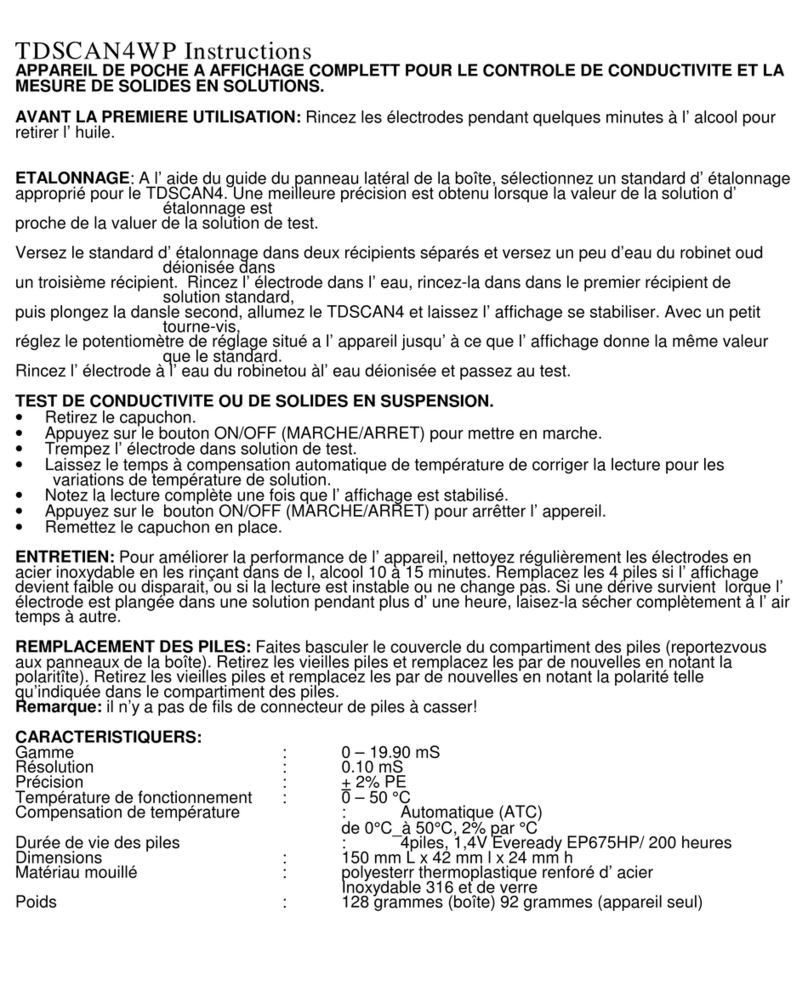
EUTECH INSTRUMENTS
EUTECH INSTRUMENTS WATERPROOF TDSCAN 4 CONDUCTIVITY TESTER instructions
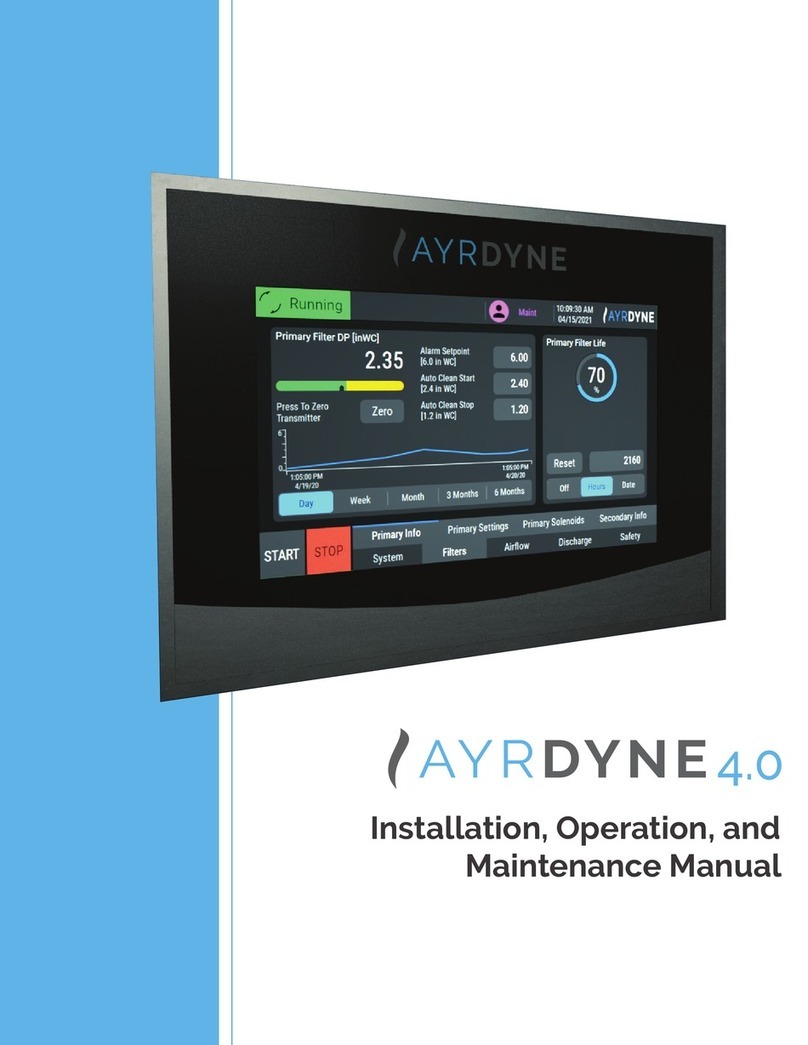
Dentech
Dentech AYRDYNE 4.0 Installation, operation and maintenance manual
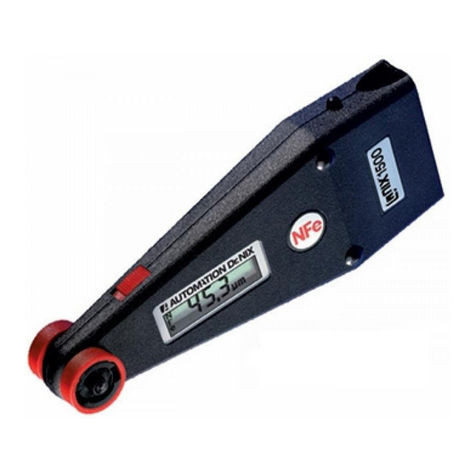
Automation Dr. Nix
Automation Dr. Nix QNix 1500 instruction manual

Berthold
Berthold LB 134 user manual
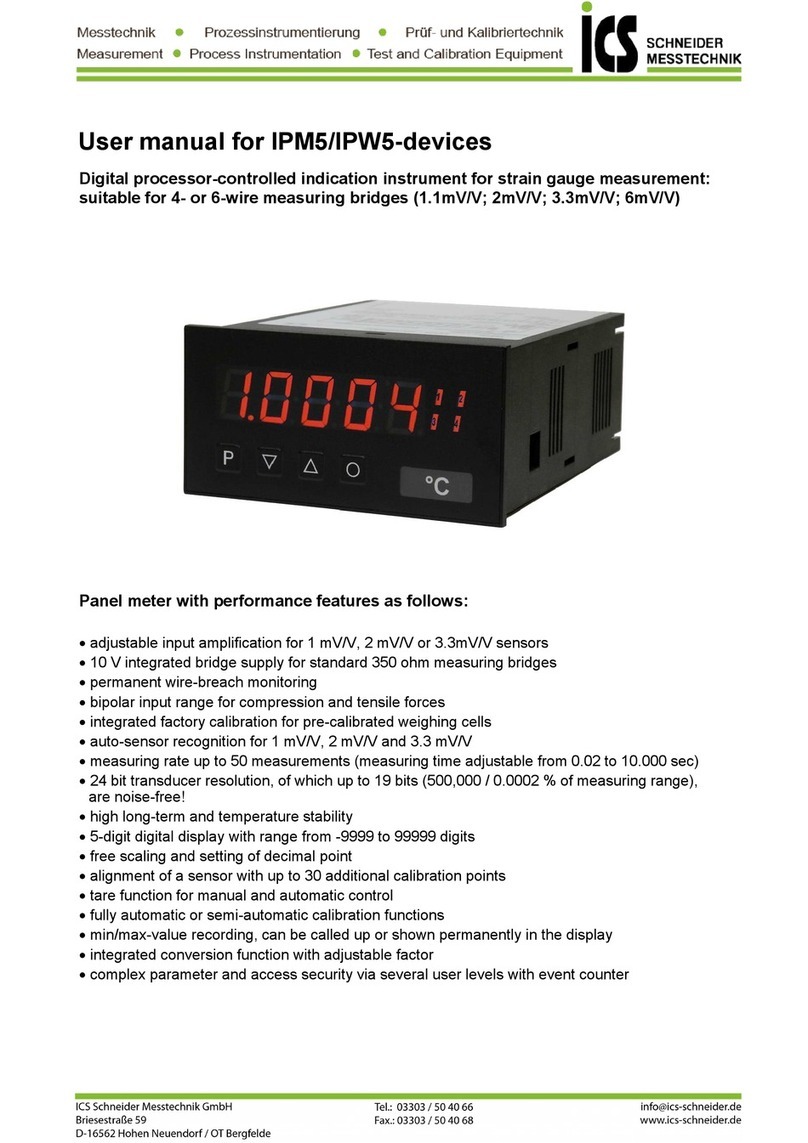
ICS
ICS IPM5 user manual
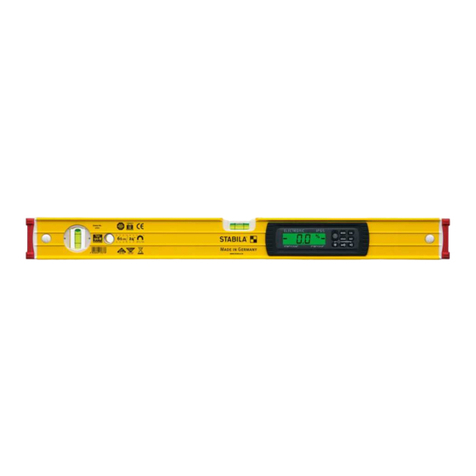
Stabila
Stabila TECH 196 user manual


